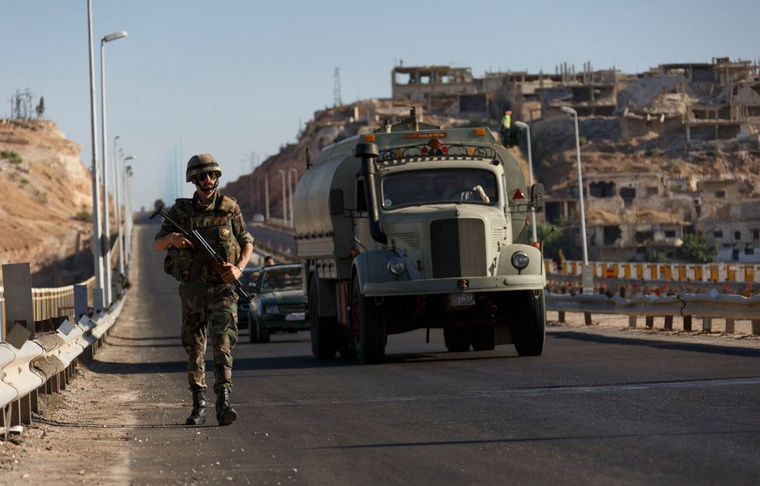One of the most disturbing and yet instructive scenes in the Norwegian TV series “Occupied” about an EU-assisted Russian occupation of Norway to ensure the supply of oil to the rest of the European Union is when the EU promises to send forces to resist a new Russian advance.
Airplanes from various European countries do arrive, but the Norwegian defense force quickly discovers that the planes lack bombs or bullets or indeed anything they would need to constitute a military force. The EU representative says no one wants to get into a war with the Russians – and blames the Norwegians for creating the problem in the first place.
An analysis of an actual situation in Ukraine mirrors that television series all too clearly. Mykhailo Zhirokhov, a Kyiv military analyst, says the US has been talking about sending two American patrol boats to Ukraine for two years. But only recently has there been any movement.
In April of this year, Ukraine formed up two crews of sailors for training in the US; and in June, the basic talks about setting the conditions of the contract were completed. Ukrainian naval commanders say that they expect to get both cutters “before the end of 2019.” But even if they do arrive then, they may not make much of a difference.
His lament comes at the end of his analysis of the current state of the Ukrainian fleet, one that will only leave Ukrainians and their supporters in despair. After losing much of its fleet in 2014 when Vladimir Putin occupied Crimea in the Anschluss, Ukraine has not had the money or time to recover.
Even before that tragedy, Zhirokhov says, Ukrainian defense planners were looking out to 2026 to modernize the fleet because cash was short and Kyiv recognized that it would not be able to build anything quickly without foreign support, something that so far has not been forthcoming.
There have been certain “pluses” from this difficult situation, he continues. Ukrainian planners have focused on developing longer-range ship-based missile systems and elaborated a naval doctrine that resembles that of Israel. But those gains have been overshadowed by more serious losses.
At the beginning of this month, the Smart Maritime Group, which was a major contractor for Ukrainian naval ship building, went bankrupt. There is no sign that it will recover, and there are no good alternatives apparent.
At that point but not before, the Ukrainian navy and coastal forces will be able to create “serious problems for the Russians, if the latter decide on a major war.” Israel, Zhirokhov says, shows what smaller ships armed with longer-reaching weapons can do. But of course, such a “mosquito” fleet are never going to be able to cope with an attack by a much larger opponent.
So far, Ukrainian yards have been able to provide six small armored artillery cutters, with 18 more at various stages of construction and planning. In addition, the shipbuilders are working on “a minimum” of two heavily armored landing craft. And according to unconfirmed reports, they are also building two rocket-launch-capable cutters as well.
But while these are being built and while Ukrainians are “waiting for the Americans,” the Ukrainian fleet has been expanding almost exclusively by the arrival of support vessels. The Ukrainian navy will be ready to defend the country by the next decade; but no one should assume, Zhirokhov says, that it will be able to do so now against a concerted attack.
Read More:
- Kyiv must denounce 2004 Azov Sea accord with Russia now, Ohryzko says
- Is Russia preparing to attack Mariupol by blockading Ukrainian Azov Sea ports?
- Moscow boosting tensions in Sea of Azov but can’t change strategic situation there, senior Ukrainian intelligence officer says
- Kyiv will resist any Russian naval attack on Azov littoral despite imbalance of forces
- Moscow blocking maritime shipping to Ukrainian ports on Sea of Azov
- Russia positioning to attack Ukraine from Sea of Azov, Ukrainian general says
- Ukrainian volunteers start restoring Ukraine’s broken naval fleet





